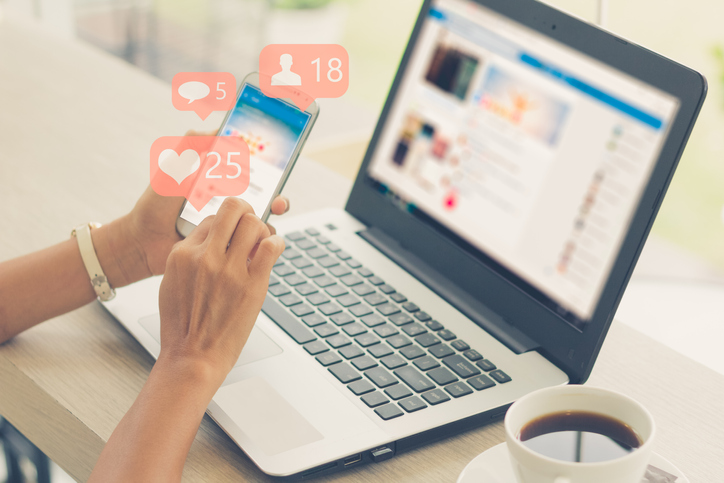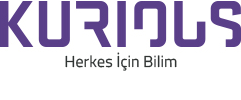
Are “Like” Counts Disappearing?
According to a recent article published in the Association for Psychological Science, Facebook is testing the removal of total “like” counts from its users’ pages. It is speculated that the latest research findings on the psychological and neurological effects of social media use have fueled the decision to hide likes. With the new setup, only the person posting will be able to see the total number of likes.
The power of “likes”
Research on the effects of social media use on adolescent brain development reveals that receiving likes activates the reward centers in the brain. Our brains neurally respond to online social acceptance through likes and the number of followers we have on social media.
In fact, a study published in Psychological Science found that seeing a large number of likes is like eating chocolate or winning money for the teenage brain. For this study, post-doc researchers from Temple University, Lauren Sherman and colleagues from the University of California used functional magnetic resonance imaging, fMRI to analyze teens’ neural and behavioral responses to likes. The participants (13-18 years old) were told that they would be participating in an Instagram-like social network. They looked at 148 photographs, including the 40 photographs that they submitted on a computer screen for 12 minutes while undergoing fMRI. Furthermore, the number of likes on the photos was assigned by the researchers.
When teens saw their photos with a large number of likes, the reward circuitry of their brain lit up. Moreover, they tended to like the photos that got many likes from others. Dr. Mirella Dapretto from the Ahmanson-Lovelace Brain Mapping Center at UCLA explains that “In the study, this was a group of virtual strangers to them, and yet they were still responding to peer influence; their willingness to conform manifested itself both at the brain level and in what they chose to like.”
In 2012, Dr. Ashwini Nadkarni and Dr. Stefan G. Hofmann from Boston University proposed that social media use is mediated by two important social needs: The need to belong and the need for self-presentation. These two needs are fundamental to healthy social functioning as they help us seek connection and find outlets for creative self-expression. Moreover, online social interaction seems to mirror the interactions we have in the real world.
While the removal of “likes” is still being tested, some researchers are unsure about the effectiveness of this strategy. The like counts may be invisible to others but users will still be able to see the total number of likes on their own profiles.
Regardless of what the social media giant’s move may be, it is important to acknowledge the effects of likes on our brains and cultivate awareness around our personal use of social media.
REFERENCES
- 1. https://www.psychologicalscience.org/publications/observer/obsonline/psychological-research-may-be-bending-thumbs-down-on-facebook-likes.html
- 2. https://www.psychologicalscience.org/news/releases/social-media-likes-impact-teens-brains-and-behavior.html
- 3. Crone, E. A., & Konijn, E. A. (2018). Media use and brain development during adolescence. Nature Communications, 9. DOI: 10.1038/s41467-018-03126-x
- 4. Nadkami, A., & Hofmann, S. G. (2012). Why do people use Facebook? Personality and Individual Differences, 52, 243-249.doi: 10.1016/j.paid.2011.11.007
